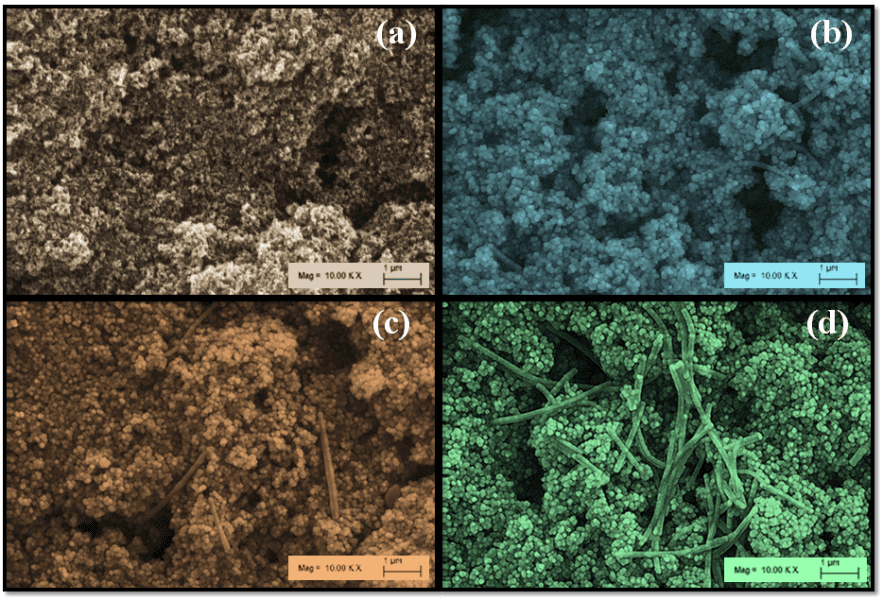Applying DNA molecules as linker bridging unit and as thin tunneling barrier at the TiO2/dye interface results in highly-efficient dye-sensitized solar cells. Dye-sensitized solar cells (DSSCs) are of major interest in energy research as they are inexpensively and easily produced, while being tunable in their optical properties. Improving the charge transfer of the TiO2 photoanode is currently the key challenge toward high efficient devices. A material suitable for this task has to fulfill the difficult requirements of sufficiently suppressing charge recombination at the TiO2/dye interface while combining high light absorption with a high surface area and fast electron injection.
DNA has long been regarded as a material possibly up to this task: the molecule is readily available in high quantities at low costs, exhibits good UV absorption from all directions, possesses favorable energy levels, and facilitates efficient electron harvesting by serving as a photon cage.
In a recent study, published in Advanced Functional Materials, S. Sönmezoglu and co-workers succeeded in applying chickpea and wheat DNA as bridging unit and thin tunneling layer at the TiO2/dye interface. Time-resolved fluorescence spectroscopy reveals improved electron transfer rates, while electrochemical impedance spectroscopy (EIS) confirms both longer electron lifetimes and a reduced charge transport resistance. The combination of both DNA types enabled a 2-fold improved photoconversion efficiency of 9.23%.

















